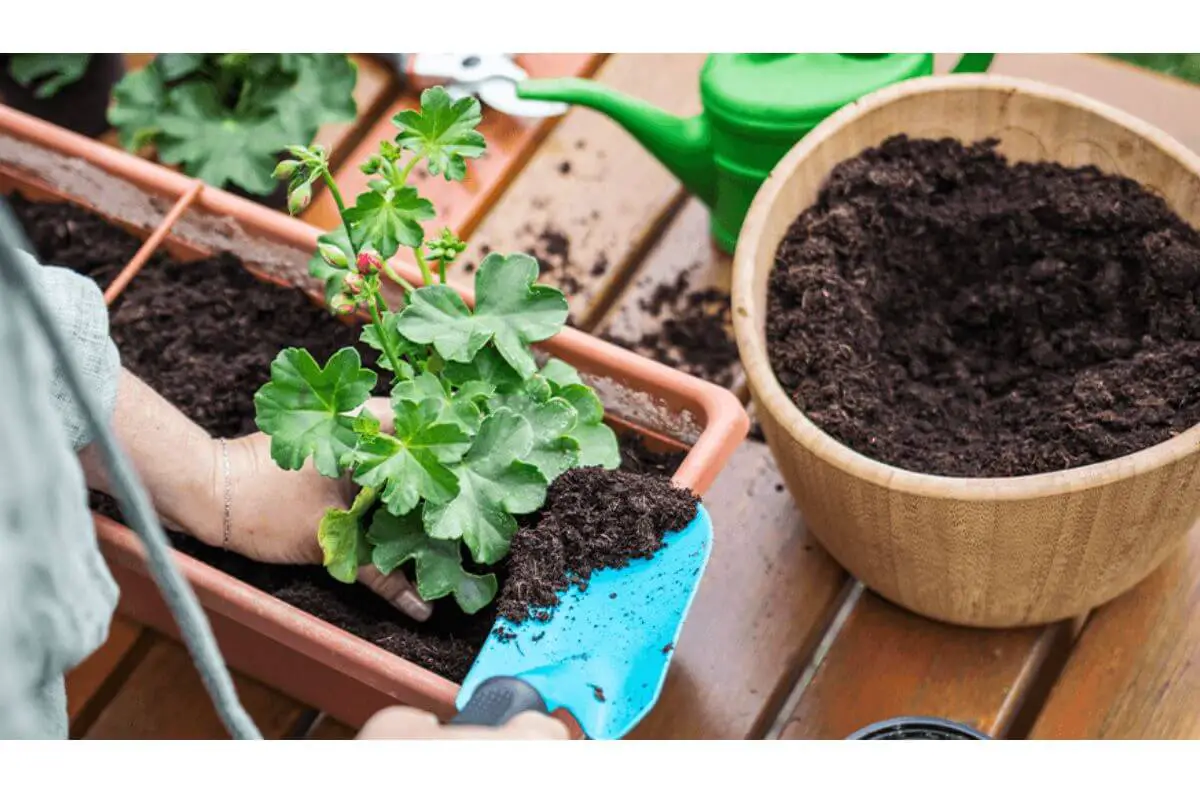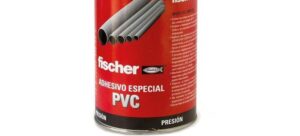Introduction
When it comes to cultivating healthy plants, the type of potting mix you use can significantly impact their growth. Moisture control potting mix and regular potting mix are two popular options on the market, each with its own set of advantages and considerations. In this article, we’ll compare these two types of potting mixes, discussing their composition, benefits, and which plants they are best suited for.
Understanding Moisture Control Potting Mix
Moisture control potting mix is specially formulated to retain and release water as needed by the plants. It typically contains water-absorbing crystals or granules that help prevent overwatering and ensure consistent moisture levels in the soil. This type of potting mix is particularly beneficial for plants that require higher humidity or are prone to drying out quickly.
Exploring Regular Potting Mix
Regular potting mix, on the other hand, is a more traditional option that provides good drainage and aeration. It is suitable for a wide range of plants and offers a balanced environment for root growth. Regular potting mix requires more vigilant watering, as it doesn’t have the moisture-retaining properties of its counterpart.
Moisture Retention: A Crucial Factor
One of the main differentiators between moisture control potting mix and regular potting mix is their ability to retain moisture. Moisture control mix excels in keeping the soil consistently damp, which is ideal for plants like ferns, orchids, and peace lilies. Regular potting mix requires careful monitoring of moisture levels, making it suitable for plants that prefer slightly drier conditions, such as succulents and cacti.
Nutrient Retention and Plant Growth
Apart from moisture, nutrient retention is vital for plant health. Moisture control potting mix often contains added nutrients that are released gradually, providing a steady supply for plants’ growth. However, regular potting mix allows gardeners to have more control over the nutrients they provide, making it easier to tailor the feeding schedule based on specific plant requirements.
Preventing Overwatering and Root Rot
Overwatering is a common cause of plant stress and root rot. Moisture control potting mix minimizes this risk by maintaining appropriate moisture levels and preventing waterlogged soil. In contrast, regular potting mix requires precise watering practices to avoid waterlogging and promote healthy root development.
Balancing Drainage and Aeration
Proper drainage and aeration are essential for root respiration and overall plant vitality. Regular potting mix offers excellent drainage and aeration, making it suitable for plants that dislike standing water. On the other hand, moisture control potting mix may compromise drainage to some extent due to its moisture-retaining properties.
Container Gardening and Potting Mix Selection
For container gardening, potting mix selection is crucial. Moisture control potting mix can be advantageous in containers, as it reduces the frequency of watering and helps maintain consistent moisture levels. However, for plants that prefer drier conditions, like succulents in containers, regular potting mix may be a better choice.

Choosing Based on Plant Types
The type of plants you’re growing plays a significant role in determining the appropriate potting mix. Moisture-loving plants, such as ferns, begonias, and African violets, thrive in moisture control potting mix. Meanwhile, plants that require well-draining soil, such as herbs and some vegetables, fare better in regular potting mix.
DIY Potting Mix: Is It Worth It?
Some gardeners prefer creating their own potting mix to have more control over the composition. While DIY mixes can be tailored to specific plant needs, they require a good understanding of soil components and proportions. Moisture control potting mix can be harder to replicate in a DIY setting due to the specialized additives it contains.
Cost Considerations and Value
Cost is an important factor to consider when choosing a potting mix. Moisture control potting mix is often slightly more expensive due to its added features. However, the benefits of reduced watering frequency and improved moisture management can outweigh the higher upfront cost for certain gardeners.
Environmental Impact and Sustainability
In recent years, sustainability has become a significant consideration for gardeners. Regular potting mix is generally more eco-friendly, as it doesn’t rely on water-absorbing additives that might have environmental implications. If sustainability is a top priority, opting for regular potting mix might align better with your values.
Tips for Successful Planting
Regardless of the potting mix you choose, proper planting techniques are essential for plant health. Here are some tips to ensure successful planting:
- Choose pots with drainage holes to prevent waterlogging.
- Monitor moisture levels regularly and adjust watering accordingly.
- Provide appropriate light conditions for your plants.
- Fertilize according to the needs of your specific plants.
Conclusion
In the debate of moisture control potting mix vs regular potting mix, there’s no one-size-fits-all answer. The choice depends on factors such as the types of plants you’re growing, your watering habits, and your commitment to sustainability. Both options have their merits, and understanding your plants’ needs is key to making the right decision.
FAQs
Is moisture control potting mix suitable for all plant types?
Moisture control potting mix is best suited for plants that prefer consistent moisture, such as ferns and tropical plants.
Can I mix moisture control potting mix with regular potting mix?
Yes, you can mix the two to create a customized blend that meets your plants’ specific needs.
Do I need to fertilize plants when using moisture control potting mix?
Moisture control potting mix often contains slow-release nutrients, but additional fertilization may still be necessary depending on the plants you’re growing.
Can I reuse potting mix from last season?
It’s possible to reuse potting mix, but make sure to refresh it with new nutrients and amend it for better drainage.
How often should I water plants in regular potting mix?
The frequency of watering in regular potting mix depends on various factors, including the type of plant, pot size, and environmental conditions.



